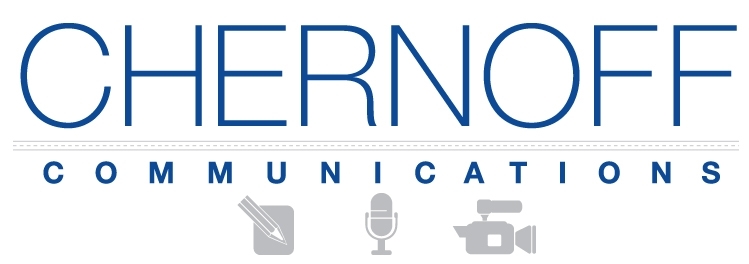When former BP CEO Tony Hayward walked along the Gulf Coast in the aftermath of the 2010 Deep Water Horizon explosion, he was there to deliver a message of concern and contrition to the news media. But rather than sticking to that critical message, Hayward ad-libbed a few words of personal frustration—“I want my life back”—that transform him into a pariah, cost him his job, crushed BP’s already-besmirched reputation, and forced the company into a deeply conciliatory position that led it to settle federal, state, and local government damage claims for nearly $19 billion.
The Hayward fiasco highlights the importance of integrating strong strategic messaging into media training sessions. Corporate messages must be clear, credible, consistent, and relevant to target audiences. And, executives must fully embrace the messages.
During media training, key messages should be refined and rehearsed so that the company spokesperson is entirely comfortable with them, knows how to utilize the messages, and is prepared to handle any question that may arise during an interview.
Easier said than done, though, when a company’s internal communications team or public relations agency has prepared a messaging document that has yet to receive leadership’s sign off at the time of media training. In these cases, a strategic messaging discussion is especially critical. Together, the corporate leaders, their PR team and the media coach should crystallize messages, ensuring that they best articulate the company’s current values, actions, and aspirations, and pinpoint the most applicable proof points. All of it should then be pressure tested during practice interviews, and especially through challenging questions that force executives to bridge to their core messages. The exercise of embedding corporate messages into conversations with reporters and perfecting their delivery can be invaluable.
Leaders who think they can simply wing it without preparation may suffer devastating consequences. Consider, Tony Hayward actually was trying to sound like a responsible CEO that day, six weeks after the catastrophic blowout that sent oil pouring into the Gulf of Mexico. But because he lacked messaging discipline—the kind gained through media training—he gave the impression of a whining egocentric elitist.
Here’s the full transcript of what Hayward told NBC News: “We’re sorry, we’re sorry for the massive disruption it’s caused to their lives. And, you know, there’s no one who wants this thing over more than I do. You know, I’d like my life back.” Those last five words were all the news media, and the world heard, a comment that was grossly inconsistent with the message BP and its communications team were hoping to deliver.
A tough interview, particularly during a corporate crisis, is no time for the CEO or any other spokesperson to blurt out off-the-cuff remarks.
Months later, after he had been pushed from the top job at BP, Hayward lamented to the BBC, he would have handled the crisis better with an acting degree than his geology background. No, Mr. Hayward, you would have done better with some practical media training that emphasized the importance of strategic messaging.
